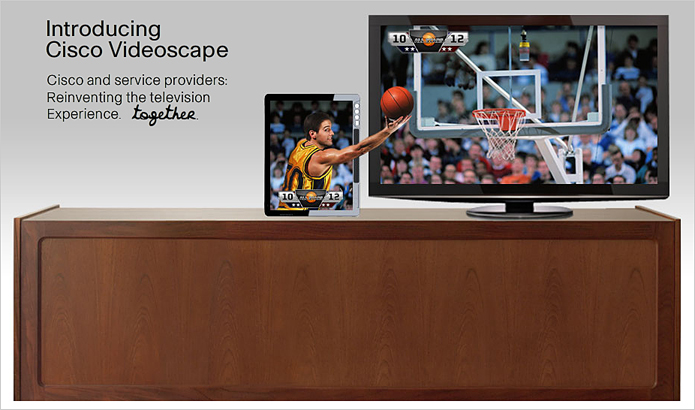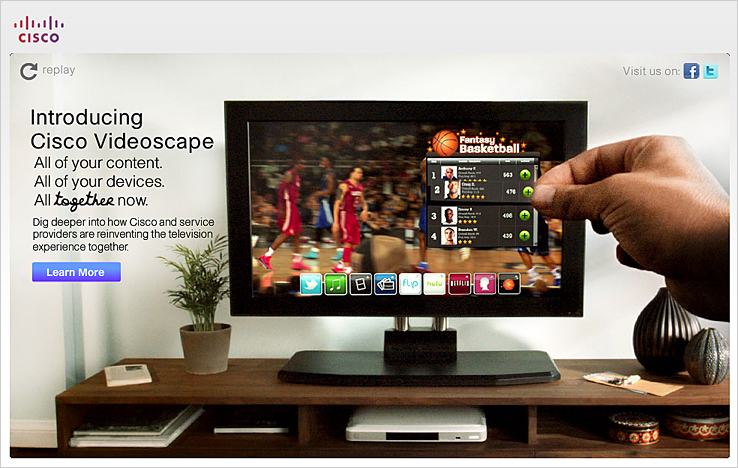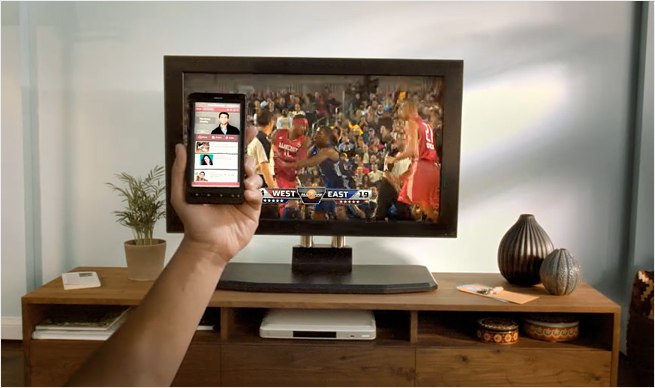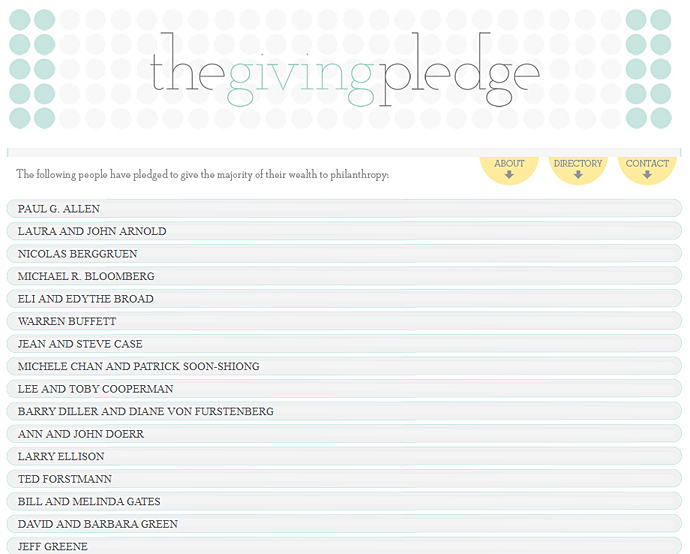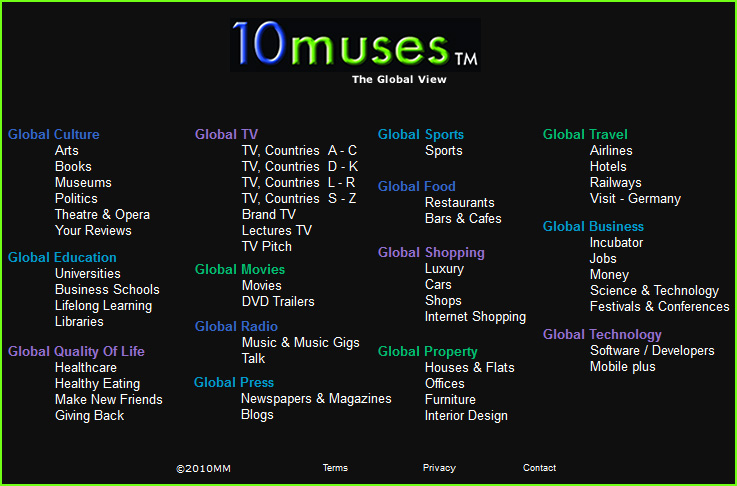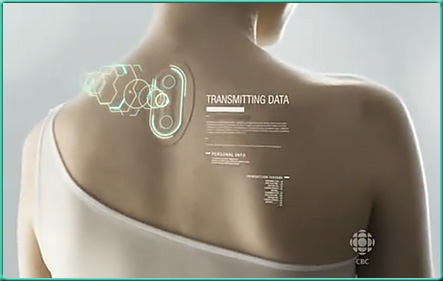FaceVsion’s TouchCam V1 does SkypeHD at 720p for $69.99 — from FaceVsion by Tim Stevens
From DSC:
A global push continues to be evident in some of the things that Pearson has been up to in the last year:
- Pearson takes controlling stake in India’s TutorVista — from WSJ (1/11)
- Pearson acquires TutorVista: expands Pearson’s business in education in India and in global online tutoring — from Pearson (1/11)
- Pearson to offer degrees in the UK — from Pearson (12/2010)
- Pearson VUE opens Dubai office and appoints local Arabic-speaking team — from Pearson (11/2010)
- Pearson acquires The Administrative Assistants Ltd.; extends leadership in student information systems — from Pearson (11/2010)
- Pearson to open fifty new English language centres in China — from Pearson (11/2010)
- Pearson to acquire 75% stake in CTI Education Group, a leading higher education company in South Africa — from Pearson (11/2010)
- Pearson eCollege, National Academy Foundation partner to provide online teacher professional development — from Pearson (9/2010)
- Pearson to acquire America’s Choice: plans to extend reach of school improvement services — from Pearson (8/2010)
- Pearson to acquire Wall Street Institute: acquisition extends Pearson’s position as world leader in English language teaching — from Pearson (7/2010)
- Pearson raises earnings guidance — from Financial Times
- Pearson, the publishing group that owns Penguin books and the Financial Times, raised its full-year earnings forecasts for the third time in less than six months, thanks to strong growth in computer-based learning products and in the developing world.
Realtime voice translation moves closer — from Education Stormfront blog
Excerpt:
There are some industries, such as education that have been shielded from globalization so far because of the language barrier. This is about to fall.
2 Corinthians 5:19-20 — from BibleGateway.com’s Verse of the Day
A classroom without walls – Google Teacher Academy Application — from murcha.wordpress.com
Educators in Australia are being given an opportunity to be certified as Google Teachers in an Academy that is coming to Sydney in March. Part of this process is to make a 1 minute video showing on either “Motivation and Learning” or “Classroom Innovation.”
I wish to thank @edsaid for telling me how to add videos to my wordpress blog. It is to much appreciated and I will now be able to add more engaging features to my posts with this knowledge.
Here is my movie reflecting some of the connections, global interactions and collaboration that has taken place beyond our classroom walls. It is very difficult to summarize in 1 minute some of the amazing activities that we have been involved in, but it gives the viewer a glimpse and hopefully a taste for more. If you are interested in applying, check out the Google Academy. Thank you to my wonderful personal learning network and global colleagues.
Time for education innovation— from edReformer.com by Tom Vander Ark (emphasis DSC)
The growth of media and communications technology, the rise of a new generation of students and teachers equipped to use technology, and the shifts within schools and educational systems themselves create new fertile ground for education innovation. Taken all together these major changes can be understood as The Big Shifts in education.
The Big Shifts are comprised of the Technology Shift, the Global Shift, and the Learning Shift.
The world is my school: Welcome to the era of personalized learning — from the January/February issue of The Futurist by Maria H. Andersen — with special thanks to Paul Simbeck Hampson for this item
“Future learning will become both more social and more personal, says an educational technology expert.”
eLearning predictions for 2011 and beyond — from Web Courseworks.com by Jon Aleckson
Excerpts:
This summer I attended the 2010 Distance Teaching and Learning Conference in Madison, Wisconsin. Some very interesting topics came up in the facilitated Think Tanks, and I wanted to share some of the predictions that were developed from these active group discussions regarding where eLearning will go in the next ten years.
…
Below you will find a table that summarizes the different opportunities and challenges that were predicted to arise in the next ten years by the participants in the conference Think Tanks and by [Jon Aleckson].
| Opportunities | Challenges | |
| Learner |
|
|
| K-12 Instruction |
|
|
| Corporate Training |
|
|
| Content |
|
|
| Learning Environment |
|
|
| Faculty |
|
|
| Administration & Management |
|
|
| International Perspectives |
|
|
Per Mark Macho:
You and your students might enjoy www.10muses.com. There is instant access to the TVchannel sites of the whole world for a starter, arts around the world and much else, popular fun but also a simple way to learn about how others around the world perceive our time and its innovations.
Our tagline is ‘the global view.’
If you look at ,say the New York Times, you will get news from China, but filtered through an American reporter and an American editor. We grouped media so someone could see what the Chinese themselves are saying.
We provide the links to the preeminent publications. But whether it is about design or politics it is all ‘straight from the horse’s mouth.’
I am American and I think our inability or rather failure to really see other perspectives is harming us in every way–in the wallet, in defense, in noticing developments.
As you will notice there is a place on every topic to ask questions and get an answer from someone on the ground who really knows. What is the best club for House music in Moscow?…for instance. We have team members from every continent.
From DSC:
I don’t know much about this site, but being able to get another perspective — from someone in another country — seems like a good thing to me. Thanks Mark for the resource.
This slide was from an EDUCAUSE Live! Webcast on 16 Dec 2010 by H. David Lambert, president and CEO, Internet2:
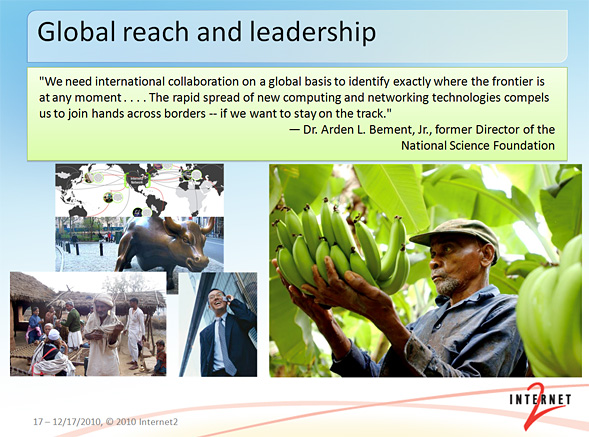
.
From DSC:
To me, it again reinforces the great need to be connected to networks of subject matter experts (SME’s) within a discipline. Without such personal learning networks, there is a chance that what a professor is teaching may not be entirely accurate and up-to-date.
.
“Surviving the future is an unsettling glimpse into the human psyche right now, as our culture staggers between a fervent belief in futuristic utopian technologies on the one hand, and dreams of apocalyptic planetary payback on the other. Thought provoking and visually stunning, Surviving the Future looks at the stark and extreme choices facing our species as we prepare ourselves for the most challenging and consequential period in our history.”
— from http://www.cbc.ca/documentaries/doczone/2010/survivingthefuture/
.
As seen as CBC-TV on Thursday Oct-21-2010
.
— originally from http://geraldcelentechannel.blogspot.com/2010/11/surviving-future.html
From DSC:
Although I don’t agree with many things in this piece, it’s important to reflect upon some of the sometimes exciting and sometimes disturbing things in this piece. Looking at some of the enormous challenges and potential directions ahead of us this century, it’s all the more important that our hearts are hearts of flesh, not hearts of stone!












